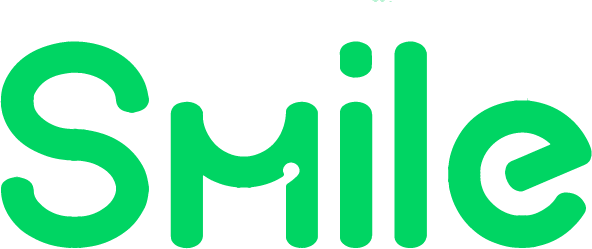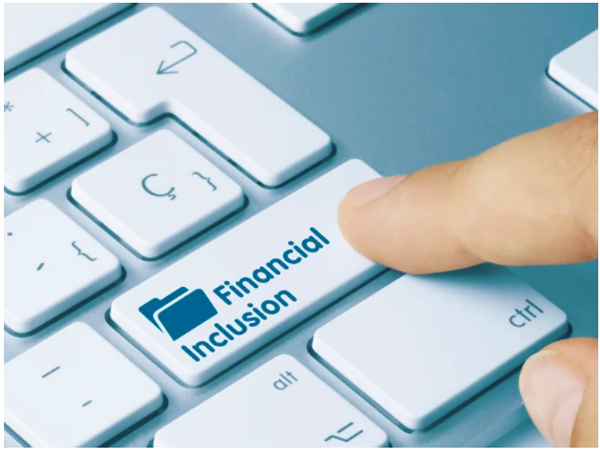It’s been an amazing journey so far here at Smile! It’s been less than than three months since our official launch, and barely a year since we started, and already our product has grown leaps and bounds thanks to the support and feedback from our partners and customers!
As we come to the end of 2021, and look forward to 2022, I thought it would be useful to look back and reflect on where we have started, and where we plan to go.
A look back: how we defined what we wanted to build
Since day one, our vision for Smile API has been clear: to be “the one trusted source for employment and income data in Asia” We have also been very clear in the initial set of customers we wanted to serve: financial services providers who are dependent on this data to deliver their service or to lower their exposure to financial risk. We have found that there is significant inefficiency and friction in getting this kind of information, which has led to:
- Friction in verifying and onboarding customers, which in turn leads to poor customer experience
- Higher cost and effort in identity and employment verification, which in turn leads to higher interest rates for consumers
- Lack of reliable and consistent data on employment and income, which leads to greater risk for financial services providers
- Limited access to financial services, especially to those who do not have traditional employment, as the cost and risk for serving these types of customers may be too high using traditional means and criteria for verifications
The last point in particular has been particularly helpful for us to further sharpen our initial product and value proposition at launch: “what if we could provide, at least in our first iteration, the employment and income data of that segment of the population that has been growing the fastest during the pandemic, but has been traditionally underserved simply because they do not fall under traditional categories of employment?” We refer of course to gig workers: those who engage in temporary and flexible jobs—either as their main source of income or as a source of additional income. By providing the means for them to easily share their information from the various digital gig platforms which have surged in popularity during the pandemic, we could empower them to have more control over their own data and gain access to better financial services and opportunities.
What we then set out to do, after deciding to zero in on helping gig workers initially, was to then focus our efforts on a market that presented the most promise for the kind of constituents we wanted to serve. We found the Philippines in particular to be the most promising: it had a large, young and growing population of working age, a vibrant economy, and had experienced the largest growth in gig worker activity anywhere in the world during the pandemic. According to global payments firm Payoneer, the Philippines experienced “208% year-on-year growth” in the first half of 2020, outranking India (160%), Japan (87%), Australia (86%), and Hong Kong (79%).
Building the product: from concept to launch
With the problems we wanted to solve and value proposition to potential customers clear, and the constituents and market we wanted to serve defined, we then set out to embark on an aggressive product development process that took several months. We put together different ideas on how we can solve the problems that we had defined. We looked deeply into understanding whether the problems we had articulated were indeed something worth solving for those who we wanted to serve.
We decided early on to run our ideas and assumptions through a gauntlet of filters to make sure we would spend our limited time and resources only on the most promising among them. We solicited feedback from various industry and market experts, and also prospective customers who we thought would be interested in the kind of product we were building. We validated some assumptions by doing early mockups, showing them to as many people as we can, which resulted in us discarding many of them in the process. Of those that remained, we built and tested with folks who were willing to be our early adopters.
Once we had a more solid idea of our product concept, we then embarked quickly into building our “MVP” or Minimum Viable Product. In building our MVP, our goal was to launch with something relatively narrow in scope, but with a high degree of robustness and depth in security and reliability. We also wanted something that our customers can go live with and get value from right away.
When we began development, we made a conscious decision be very methodical and disciplined in our approach. We adopted agile processes and frameworks to manage our product development pipeline. We invested early in tools to better manage and automate the design and engineering processes. We built our infrastructure using the latest thinking in scalable and secure cloud infrastructure. Last but probably the most important of all: we built a team of people who were smart, experienced and as committed to the vision as we were. The result was a rapid, iterative pace of product development, taking what had been an abstract idea into a tangible, working product in a relatively short amount of time.
Going Live and Expanding our Footprint
Once we had a product, we then worked closely with some early adopter prospects. Among them was the team at MoveForward, who gave us early feedback on our API, our documentation, and also our sample implementation. MoveForward is a Buy Now, Pay Later service, that allows customers to pay for their purchases via installment. They had an experienced team of developers who were familiar with integrating with various APIs for user authentication, payments, and many others. They had helped us validate early iterations of our product and gave us feedback on how we can make the account linking and integration process easier. From their early feedback, we were able to refine our “Wink Widget” product: a Javascript SDK to allow our customers’ users to provide permission for Smile to access their data. Users will first find their employer or employment data provider, then submit their login credentials over a secure and encrypted connection. By using the SDK, our customers do not need to worry about the different authentication and verification implementations of the different employment platforms, making the integration process simple and fast. On top of that, we also used their feedback to provide more developer-friendly resources to make the Smile API easier to implement.
Through the process of working with other customers, we also started slowing expanding the gig platforms we covered and the data products we offered. We had initially launched with just retrieving the profile information and transaction history of the gig workers from popular, global gig platforms for high value, knowledge work on the one end, to online trading marketplaces, and food and parcel deliveries on the other. From there, we also added coverage to include Philippine-specific platforms as well. Slowly, we also got expressions of interest from other countries in Southeast Asia: such as Indonesia, and slowly added platforms covering those countries as well. Today we have over 26 gig employment platforms, covering majority of gig workers the Philippines, including many in Indonesia that we are able to link to, in the Smile API.
Looking ahead: what’s next for Smile API?
Although we feel we have accomplished so much in the last few months, we know our journey is just starting. As we look to the coming new year, we hope to expand our coverage across more markets in Asia. We also hope to add more depth to our offering, by providing additional data points that our customers have told us would benefit their business and their end-users.
We also don’t want to lose sight of the fact that our product is something that—at the end of the day, will be implemented by developers in our customers’ organizations. To that end, we plan on building additional tools and resources to make the onboarding and integration process easier and faster.
Last, but not least, we plan on being able to expand our coverage to include not just gig workers but also anyone earning any form of income—whether they may be earning it from a salary, from an asset they own, from activities they perform, or from any content they create.
If you would like to join us in our journey, please do reach out and let us know! We would love to hear from you! Until then, I wish you Happy New Year!




